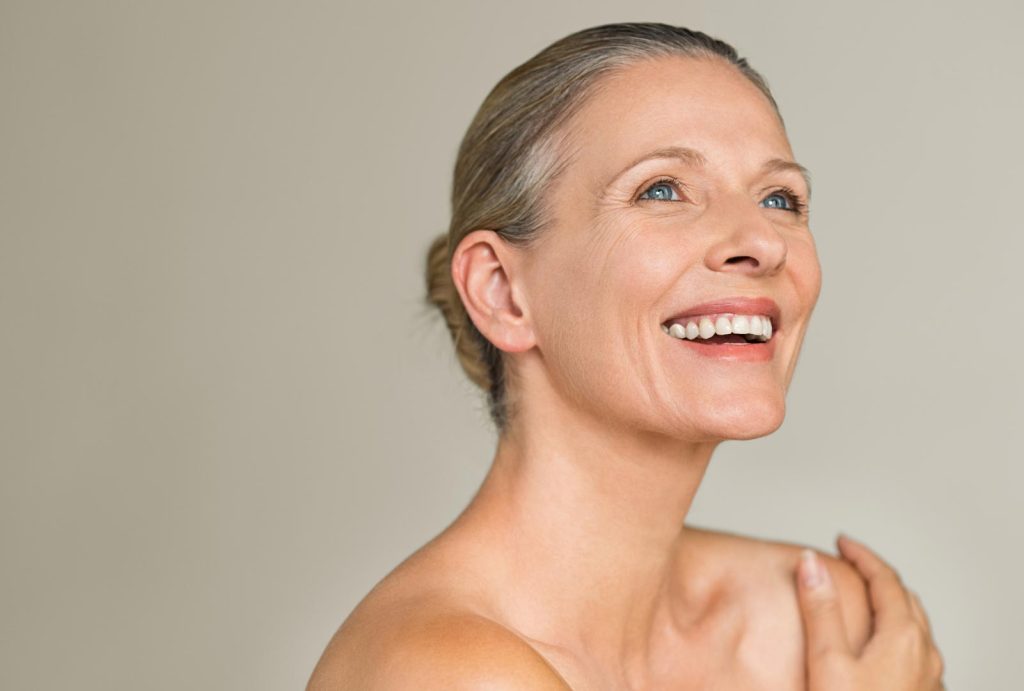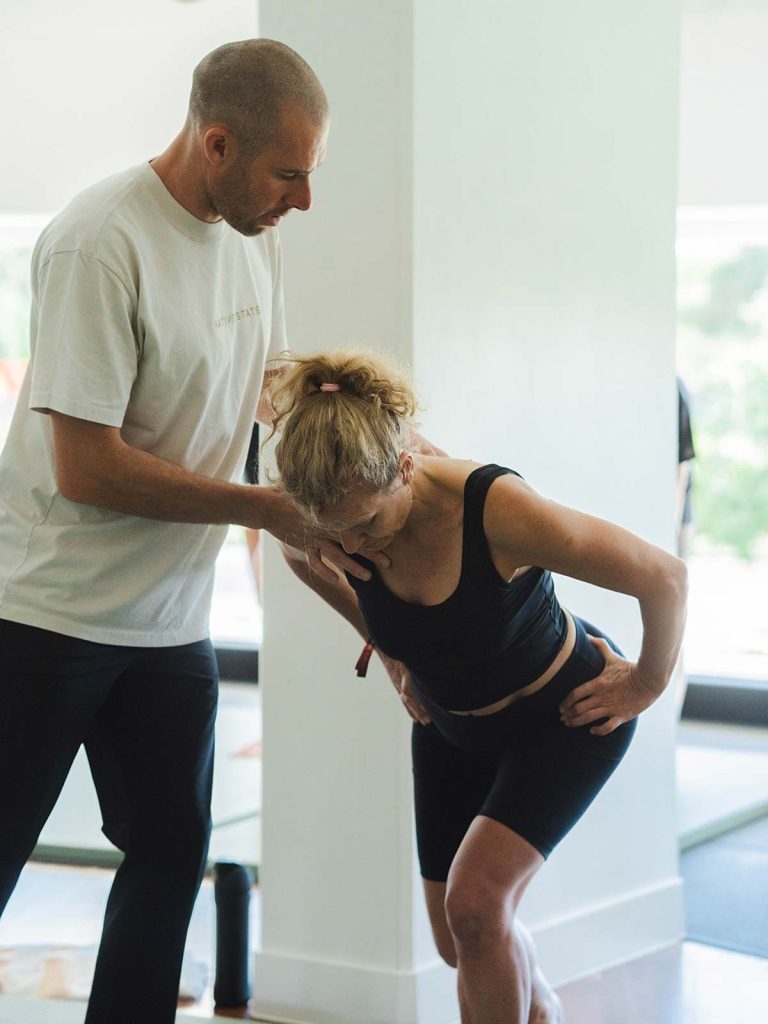Take a moment to notice how you’re sitting or standing right now.
Are your shoulders relaxed or raised? Is your breath deep or shallow?
These small cues speak volumes. Often, our posture reflects more than just physical habits – it mirrors how we’re feeling inside. These aren’t just habits; they’re your body’s way of responding to what’s going on internally.
The relationship between stress and posture is closer than many realise. How we feel emotionally often shows up in how we hold ourselves physically.
In this article, we’ll explore the connection between stress and posture, how our nervous system shapes the way we carry ourselves, and practical steps to begin restoring alignment – both mentally and physically.
How Stress and Posture Are Connected
At a glance, posture might just look like how we stand or sit. But really, it’s so much more. It starts with the brain and travels through the body, shaped by how safe, grounded, or stressed we feel in any given moment. Our nervous system constantly receives and interprets information from our external environment using our five senses. These inputs create reflexive patterns – our body adapting and responding in ways that reflect how safe, calm, or stressed we feel.
When under stress, the body often defaults to protective stances: hunched shoulders, crossed arms, or a forward head position. These aren’t conscious choices. They’re automatic, rooted in our nervous system’s attempt to protect us from perceived threats – even if those threats are emails, deadlines, or emotional overwhelm.
When we feel grounded, supported, and calm, our posture begins to mirror that – open, steady, and at ease. Shoulders roll back, the chest expands, and we occupy space more freely.
Stress doesn’t just impact our mood. It physically shapes the way we exist in the world.
The Impact of Prolonged Stress on the Body
When stress sticks around for a while, the effects on posture tend to sink in more deeply. Our muscles can stay stuck in tension loops, especially in the shoulders, neck, and lower back. This often shows up as:
- Rounded shoulders
- Forward head carriage
- Tight chest muscles
- Weakened postural stabilisers
Over time, this imbalance can quietly build into discomfort, fatigue, and even injury – especially when we don’t realise it’s happening. Muscle groups that are constantly tight become overworked, while their opposing counterparts weaken due to underuse. This leads to poor alignment and ongoing strain on the body.
The relationship between stress and posture becomes a cycle: stress creates tension → tension alters posture → altered posture contributes to more physical discomfort → discomfort adds more stress.
How Emotions Get Stored in the Body
Our posture isn’t just about the here and now – it often echoes our experiences, habits, and even emotions over time. The experiences we carry, both positive and negative, can shape how we hold ourselves day to day. Trauma, emotional stress, and learned behaviours can leave long-lasting imprints in our fascia and muscle memory.
Think about the way a child curls into themselves when feeling unsafe, or the rigid stance we take in moments of confrontation. These postural habits can linger long after the moment has passed.
By gently noticing these patterns and the emotions tied to them, we begin a process of awareness – and from there, the opportunity for meaningful change.
Simple Practices to Reconnect with the Body
The good news? There are gentle, effective ways to break the cycle and soften the way stress lands in the body. The first step is noticing – becoming aware of how you feel and how you’re holding yourself throughout the day.
From there, small, intentional practices can help reset the nervous system and encourage a more relaxed, aligned posture:
- Breathwork: Stress often causes shallow chest breathing. Try deep belly breaths or box breathing to re-centre.
- Meditation: Just a few minutes of quiet presence can calm the mind and reduce physical tension.
- Myofascial Release: Using tools like a foam roller or massage ball can relieve fascial tightness and improve mobility.
- Postural Check-ins: Gently bring awareness to how you’re sitting, standing, or holding your phone. Adjust with softness rather than rigidity.
- Movement Practices: Gentle yoga, Pilates, or mindful stretching can reintroduce fluidity and balance to stressed areas of the body.
- Grounding Techniques: Spend time in nature or stand barefoot to feel supported and connected.
These practices don’t just shift posture – they support the nervous system in returning to a state of safety and calm.
The Signs You’re Getting it Right
These shifts are subtle at first, but with time and compassion, your body will begin to tell a new story – one of ease, confidence, and connection. You might start to feel more open, less reactive, and physically lighter. It’s not just about standing up straighter – it’s about feeling more at home in your own body.
You’ll likely begin to notice:
- Less tension in the neck and shoulders
- Improved breathing capacity
- More awareness of your body in space
- Fewer posture-related aches
- A deeper sense of calm throughout the day
- Greater ease in daily movement
These signs indicate that your nervous system is settling and that your body is beginning to release long-held tension.
Conclusion: Alignment Begins Within
The relationship between stress and posture is a powerful reminder that our bodies and minds are never separate. The way we move, sit, and carry ourselves is deeply influenced by how we feel inside.
By becoming aware of how stress shows up in your posture – and by integrating gentle, supportive practices – you can shift both your physical and emotional state. It’s not about perfect posture, but about creating space for softness, presence, and alignment.
Ready to Release Tension?
Support your posture, nervous system, and emotional wellbeing through intentional movement. With classes like Align & Balance, Flow & Reset, and Breathwork & Meditation, our studio is designed to help you release stress and move with more awareness.
Whether you’re after a one-off class, ongoing support through a Studio Membership, or personalised guidance via Private Coaching, there’s an option to suit your rhythm.



